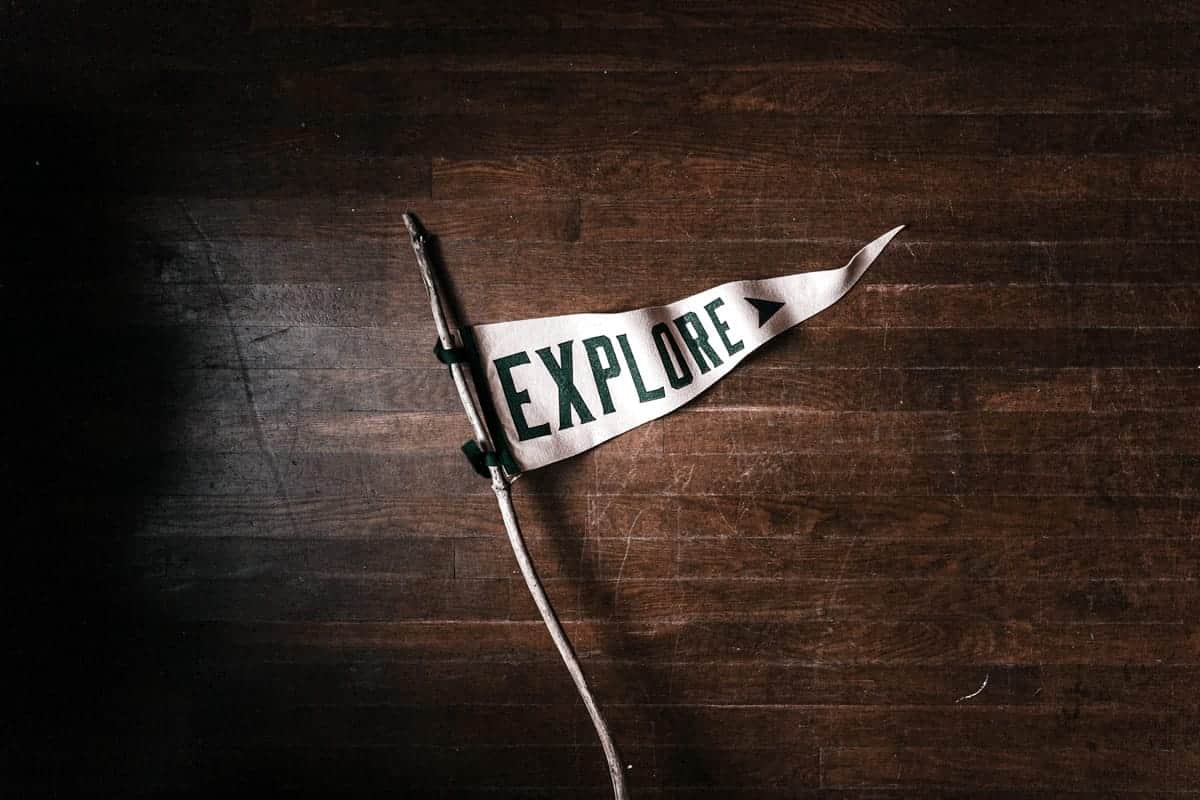“Stakeholders have the capacity for being your worst nightmare and your best collaborator.”
— UIE (2017)
User research is hailed as a vital aspect of design. It helps ensure that all design decisions actually benefit the user, while also achieving business goals.
Unfortunately, even with this understanding of its importance, user research can often be put off for a later time when budget or time is limited, or any number of other reasons.
Instead of having an essential place for research in every design cadence, it is often incorporated in one design sprint, but potentially not another.
There might be little or a lot of hesitance from stakeholders to fully support user research. Stakeholders can be reluctant to see user feedback as something of value that ultimately leads to a more intuitive product. Reasons may include worry that the feedback they receive will prevent them from reaching their timeline goals. Designers think they don’t have the time to wait for the results, make the necessary changes, and decide they need to move on to the next task or set of features.
Stakeholders may think they know best and might not grasp that they are not the users. As user researchers, we need to ensure that every stakeholder working on the project gains empathy for their end users.
Finally, they might not fully understand what user research actually is. User research methods help produce data and insights that are not based on assumptions, but rather on the motivations, needs and goals of the users. The methods can be used at every stage of the design process to keep product development work on track and in line with business and users needs.
Whatever the reason is for their lack of support, we need to ask ourselves how we can turn them into full-blown supporters and advocates for user research. Better yet, how do we make the most resistant stakeholders into awesome collaborators
Here are a few of my favorite tips.
Know Your Audience
Talk to your colleagues to help determine who the relevant stakeholders are for the project. Knowing early on in the project allows an opportunity for them to be part of the research planning process from the start.
Once you narrow down the list, take some time to get to know them. It will make things a lot easier if you know what their backgrounds, goals, and motivations are. The Nielsen Norman Group suggests starting some conversations by finding out:
- What their role is now and what they did before
- What other players should be included in these conversations
- What they define as success for the project
- What their biggest concerns and challenges are for the project
- If they want to be involved in user research. If they say yes, ask them how much time they have to contribute
- If they have any questions about user experience and specifically user research
The answers to these questions will help you gage their understanding of research and user experience, and hopefully provide some insight into how to best communicate with them.
If you can, I highly suggest having these conversations in person. Face-to-face time helps develop trust and will hopefully allow you to engage in a more open conversation. If you can’t meet in person, the next best thing is video conferencing. Don’t forget to turn the video on!
Define User Research and Its Value
In order to get stakeholders on board with user research, we need to be make sure they are clear about what user experience research really means and the value they will gain from investing in it.
We all know that stakeholders are busy people and finding time on their schedules can often be the hardest part. Bring everyone together by scheduling a few short meetings early in the process to talk about the research methods available and answer any questions they might have. Make sure to discuss:
- The various research methods your research team can conduct
- How much time needs to be invested from the team for each method. For example, in-person moderated usability tests with end users could include flights and hotels as well as an hour for each individual, while remote user testing could be an alternate method that they haven’t considered before
- The benefit of each method and the kind of information and user feedback they will gain from each
- The number of users you can reach with each method. For many stakeholders, numbers are key. If their objective is to reach as many end users as possible in one month, a survey might be a better option then in-person interviews
- Resource constraints
- Provide case studies. This is probably the most important thing to focus on during these discussions. Providing concrete examples where UX research made a big difference in the project will likely be the one thing the stakeholders walk away from and refer to during their own meetings when they are (hopefully!) out there championing the importance of user research. If you don’t have examples from your own company, do a little research to find some examples where similar companies invested in user research and the value it provided
- Share short snippets of videos from past testing sessions that tell the story of how usability testing uncovers solutions to problems. Videos often speak louder than words
- While I know this might not be possible due to the busy schedules stakeholders have, invite them a local usability test or share a link to a Webex session so they can get a first-hand look at to what is really going on in these sessions and the valuable insights they provide.
Create Empathy
Remind stakeholders, as much as possible, that we are not the users. The more they understand that, they more they will want to know about the end users.
Define Research Objectives Together
I don’t know about you, but there have been occasions when a stakeholder would approach me and ask “what should we test?” As researchers, this is not our responsibility to answer. Even more, we are often not the best people to answer that question. Researchers often work on multiple projects at the same time and don’t have the same in-depth knowledge of a particular feature and their constraints like the product owners, developers, and designers do.
First, schedule time with designers, researchers, and stakeholders to fully understand the project. Work together to define the problems they are trying to solve and define their goals. This is where you will get more insight into what the requirements are and if there are any big challenges or constraints to be aware of.
To set yourself up for success; remember to work together to determine what research method is best to solve the problem at hand. You can do this by defining the objectives, creating research scenarios, and selecting the user audience collaboratively. Including stakeholders in these early talks allows them time to really invest in and understand the objectives of the research.
Walkthrough Research Prototypes and Guides Together
If you are conducting usability testing, send stakeholders a draft of the guide to get their feedback.Or better yet, if you have the time, run a mock user testing session with a willing colleague to give stakeholders a sneak peek into the research prototype, moderator’s guide, and how a user will be walked through it. Another great thing about mock walkthroughs is that you are guaranteed to uncover typos or issues with the prototype before the real testing begins.
Again, providing more ways for a stakeholder to play into the research process, the better.
Invite Stakeholders to Testing Sessions
As I said before, stakeholders are busy people. Ask them if there are particular days or weeks they are available to attend a testing session.
Make sure to invite them to every research session. If they can attend in person that is wonderful, but if they can’t, see if you have the option to share a link to a live session that they can view virtually. Take a look at Cisco’s Webex, Lookback, and User Zoom for ways to stream live sessions.
Create observer guidelines or handouts that they can easily refer to and use when they do have time to participate in testing sessions. Don’t forget to allow time periodically throughout the testing sessions for stakeholders to ask their own questions.
Make User Research Findings Easy to Unearth, Easy to Digest, and Easy to Act On
However you choose to create and share your research findings, ensure they are accessible and easy to digest. Determine their severity as a team, prioritize the findings, and decide together which findings should be acted on and by whom. Don’t forget to document all the findings and action items somewhere that can be accessed easily by all the relevant stakeholders.
These are some of my biggest tips to help you encourage stakeholders to be advocates and collaborators for user research. If you have some of your own tips, don’t forget to share them by tweeting us @Protoio!
Proto.io lets anyone build mobile app prototypes that feel real. No coding or design skills required. Bring your ideas to life quickly! Sign up for a free 15-day trial of Proto.io today and get started on your next mobile app design.









